Basic laws of physicist rewriting lead to disorder
Author:Institute of Physics of the Ch Time:2022.07.29

Anterior
The second law of thermodynamics is one of the most sacred laws in all sciences, but it is always based on the exposure of probability in the 19th century. The new argument traces it back to the flow of quantum information.
Research field: the second law of thermodynamics, information theory

Philip Ball | Author
Pan Jiadong | Translator
Deng Yixue | Edit
Among all physical laws, the second law of thermodynamics is the most sacred. Entropy is a measure of disorderly describing the system and has an unabated nature in nature. British celestial physicist Arthur Eddington wrote in the book "The Nature of the Physical World" published in 1928: "If anyone proposes, your favorite your favorite The theory of the universe does not meet the Maxwell equations, then the Maxwell equations are bad. "" If it is found to be contradictory with the experiment -um, these experimentists sometimes messed up. The second law of thermodynamics, then there is no hope, this theory is not possible except for the collapse. "However, people have not observed any behaviors that violate the second law of thermodynamics.
However, some issues of the second law of thermodynamics are also plaguing physicists. Some people do not believe that we can understand it correctly, nor does it believe that its foundation is no problem. Although the second law of thermodynamics is called the law, it is usually considered to only describe the law: the result of the specified process is the most likely situation.
However, physicists do not just want to describe what may happen. "We prefer the accurate physics law," said Chiara Marletto, a physicist at Oxford University [1]. Can it be tightened to the second law as a statement not only for possibilities?
Many independent teams seem to do this. They can derive the second law from the basic principles of quantum mechanics. However, some people suspect that they are deepening and irreversible at the deepest level. According to this view, the appearance of the second law does not decide the classic probability, but depends on the effect of quantum effects such as entanglement. It comes from the way of information sharing in the quantum system, as well as the basic quantum principle that determines what is allowed and what is not allowed. It can be seen that the increase in entropy is not just the most likely result in the process of change. This is the result of the quantum resources we know.
Thermodynamics was converted in the early 19th century and used to describe the flow of calories and the generation. As the steam power promotes the industrial revolution, people urgently need this theory, and engineers want their equipment to be as high as possible.
However, thermodynamics did not provide much help for making better engines. Instead, it has become one of the core pillars of modern physics, providing standards for governing all the changes.

Figure 1: Chiara Marletto, physicist at Oxford University
There are only a few laws in classic thermodynamics, the most basic of which are the first laws of thermodynamics and the second law of thermodynamics. The first law says that energy is always conservative; the second law always says that heat always flows from hot places to cold places. What's more, it is expressed by entropy in any change process. In any change, entropy must be increased as a whole. Entropy is roughly equivalent to disorder, but Austrian physicist Bolzmann has strictly expressed it as the amount related to the total number of micro state owned by the system: how much can its particles arrange the equivalent method.
The second law seems to first explain why it has changed. At the level of a single particle, the classic exercise law can be reversed in time. But the second law means that changes must occur in the case of increasing entropy. This directionality is widely considered to have a time of time. In this view, time flows from the past to the future, because the universe starts -due to the reasons that have not fully understood or agreed -in a low entropy state and develop towards high entropy. This means that the ultimate heat will spread evenly, and there will be no driving force to promote further changes -scientists in the middle of the 19th century refer to this frustrating prospect of the universe.
Bolzman's micro -description of entropy seems to explain the direction. The number of multi -scale systems with higher or more entropy is far beyond the orderly low entropy state, so molecular interaction is more likely to eventually produce disorderly state. The second law seems to be just about statistics: it is the law of large numbers. In this view, there is no fundamental reason for reduction of entropy -for example, all air molecules in your room are almost impossible to gather in a corner by accident.
However, this probability statistical physics has left some unrelated problems. It guides us to the most likely micro state and forces us to satisfy the average value in the entire possible state set.
But the laws of classic physics are certain -they only allow a single result. So, if there is only one result, where will this state of state set appear?
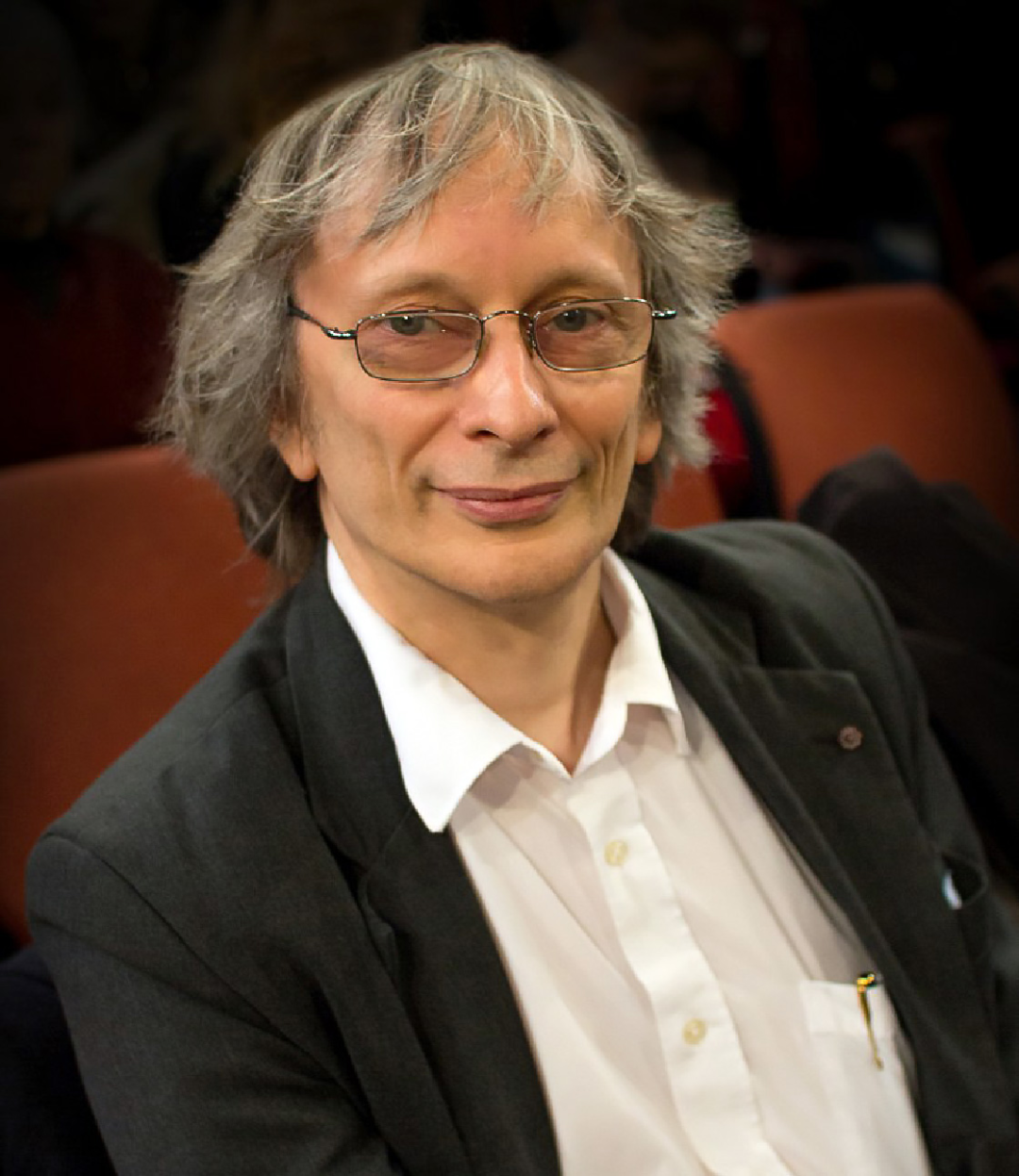
Figure 2: Physicist of the University of Oxford, David Deutsch.
David Deutsch, a physicist at the University of Oxford [2] for many years, has been seeking to avoid this predicament. He put forward a theory, that is, (as he said), "there is no probability and random world in the physical process." His project is now working with Marletto, known as constructor theory. Its purpose is not only to determine which processes may occur and cannot occur, but it is possible to determine which process is possible. The theory of constructor is designed to express all physics with statements about possible and impossible conversion. It echoes the way the thermodynamics starts, because it regards the changes in the world as a "machine" (constructor) that works in a cycle to follow the famous Kano cycle operation mode. It used to describe it in the 19th century to describe How to work in the engine. The constructor is like a catalyst that promotes a process and is restored to the original state.
"Suppose you have a change, such as building a house with bricks," Marletto said. "You can think of many different machines to achieve this and achieve different accuracy. All these machines are constructors and work in a cycle." -When the house is built, the machine will return to the original state.
But just because the machine that performs a mission may exist, it does not mean that the task can be revoked. The machine that builds a house may not be removed. This makes the operation of the constructor different from the dynamic law of describing brick motion, and the latter is reversible.
Marletto said that the reason for this irreversibleness is that for most complex tasks, the constructor is suitable for a given environment. It requires some specific information from the environment related to the task. However, the reverse task will start from different environments, so the same structural function may not be able to work. "This machine can only apply to the environment of its work," she said.
Recent occur. "We show some conversions, you can find a structure function in one direction, but you can't find another direction," she said.
Researchers considers a conversion involving quantum Bits state, which can exist in a combination or superposition of one or two states in two states. In their models, when a single quantum B interacts with other quantum positions, it may be converted from a initial and known state B1 to a target state B2, and move a quantum position at one time. This interaction makes quantum tangled together: their attributes become mutually dependent, so unless you check all other quantum bits at the same time, you cannot fully represent one of the quantum bits.
Marletto said that as the quantum ratio in the row becomes very large, B can bring B to the state B2 as needed. The order interaction between B and quantum than the special bank constitutes a machine similar to a constructor and converts B1 to B2. In principle, you can also revoke the process and turn B2 back to B1, the method is to return B along the line.
However, what if you try to use the new B to make the quantum ratio to the same process after a conversion? Marletto and his colleagues prove that if the number of quantum bites in the row is not very large, and if you reuse the same line, the array becomes increasingly unable to generate conversion from B1 to B2. However, it is important that the theory also predicts that the bank cannot be reverse from B2 to B1. The researchers simulated a row of three quantum bits by using the photon and optical fiber circuit of B, and confirmed the above predictions through experiments.
"You can approach the constructor in one direction, but you can't do it in the other direction," Marletto said. There is an asymmetric in conversion, just like the second law. This is because the conversion transforms the system from the so -called purity sub -state (B1) to a hybrid (B2, entanglement with the line). A pure state is the state we know about it. But when the two objects are entangled, you cannot completely specify one of them without knowing the other. The fact is that it is easier to from the context to mixed state -because pure state information is scattered through entanglement and it is difficult to recover. This is like a drop of ink scattered in the water and trying to form ink. This is an irreversible process applied by the second law.
Therefore, the irreversibleness here "is just the result of system dynamic evolution," Marletto said. It has no statistical content. Increasedness is not only the most likely result, but also an inevitable result. It is determined by the quantum interaction of the component. "Our conjecture is," Marletto said, "Thermodynamic irreversibility may come from this."
However, there is another way to think about the second law. It is first designed by Scottish scientist James Clark Maxwell. He and Bolzman founded the statistical view of thermodynamics. Maxwell did not realize that at the time realized that This, but he connects the laws of thermodynamics with information issues.
Maxwell was troubled by the theological meaning of the ruthless changes that seemed to destroy the ruthless change of freedom. Therefore, in 1867, he tried to "dig holes" in the second law. In his hypothesis scene, a microorganism (later, to make him troublesome is that he was called a fairy) to reintermine the "useless" calories into a skill resource. Maxwell has previously proven that molecular energy distribution in thermal balance gas. Some molecules are "hotter" than other molecules -they exercise faster and have more energy. But they are mixed random, so people seem to have no way to use these differences. Enter the Maxwell Demon [4]. It divides the gas compartment into two, and then installs a frictional door without friction between them. The devil allows the heating molecules around the compartment to pass through the living door in one direction, but cannot be passed in reverse. In the end, there is hot air on one side of the devil and air -conditioning on the other side. It can use the temperature gradient to drive some machines.
The Maxwell Monsters used molecular movement information to destroy the second law. Therefore, information is a kind of resource, just like a bucket of oil, which can be used for work. But because this information is hidden to us at the macro scale, we cannot use it. It is precisely because the specific form of the micro state forces the average value and collection of classic thermodynamics.
In the past century, physicists have proved that the Maxwell demon will not subvert the second law from the long run, because the information it collects must be stored in one place, and any limited memory must eventually be erased in order to make more information. Out of space. In 1961, physicist Rolf Landauer proved that if the lowest calories were not consumed, the information was never completed. Therefore, the information eraseed process increased the entropy of the surrounding environment. So the second law is just postponed, not broken.
The information perspective of the second law is now redefined as a quantum problem. This is because people think that quantum mechanics is a more basic description -the Maxwell demon essentially treats gas particles as classic balls. But it also reflects people's interest in quantum information theory. We can use classic quantum principles to process information. In particular, the entanglement of particles allows information to spread and manipulate in an informal way.
It is very important that quantum information theory proposes a method of having trouble to get rid of the classic view of the thermodynamics. In this case, you must take the average collection of many different micro -states. Carlo Maria Scandolo [5] said: "The real novelty of quantum information theory is that people can use entanglement with the environment to replace the whole."
Figure 3: Physicist Carlo Maria Scandolo at the University of Calgary.
He said that the use of resources in the collection reflects such a fact, that is, we only have some information about the state -it may be this micro -state, or other microscopic state, they have different probability. In this case, we must be average distribution of probability. But quantum theory provides another method of generating part of the state: through entanglement. When a quantum system is entangled with its environment, we cannot know all information about this system. Some information about this system itself will inevitably lose: it is eventually in a mixed state, even in this state, even if, even if, even if, even if, even if, even if, even if, even if, even if, even if, even if, even if, even if, even if, even if, even if, even if, even if, even if, even if, even if, even if, even if, even if, even if, even in this state, even Only pay attention to this system, and you cannot understand all its information in principle.
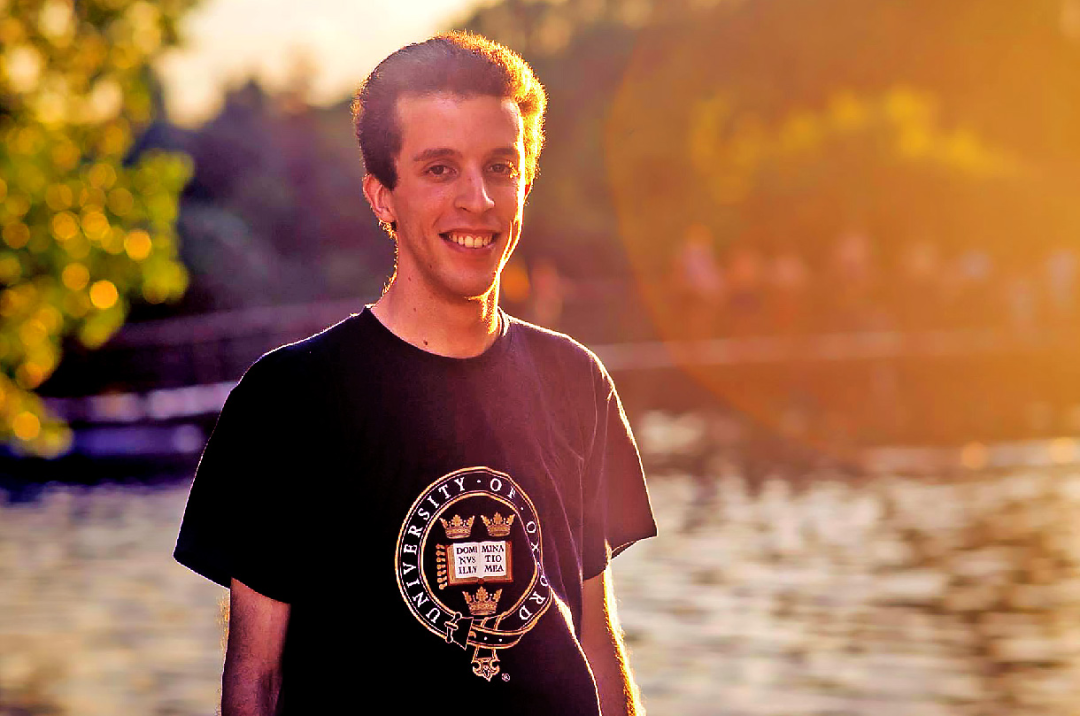
Then people have to describe the probability, not because you can't know some information about this system, but because some of the information is fundamentally unknown. Scandolo said that in this way, "entanglement naturally generates probability". "Only when there is entanglement, it is effective to obtain the entire idea of thermodynamic behavior by considering the environment of the environment."
These ideas have now become very accurate. SCANDOLO collaborated with Giulio Chiribella [6] at the University of Hong Kong, and proposed four axioms of quantum information. These four axioms are necessary for obtaining "Sensible Thermodynamics", that is, a rationality based on probability. These axioms describe the constraints of information in the quantum system entangled with the environment. In particular, everything that happened in the system and environment in principle is reversible, as described as the standard mathematical formula of the quantum system evolved over time.
Figure 4: Giulio Chiribella, a physicist at the University of Hong Kong.
Scandolo and Chiribella have proved that because of these axioms, it will become more correlated through reversible interactions. Correlation is the concept of connecting entangled objects: the attributes of one object are related to the attributes of another object. They are measured by "Mutual Information", which is a amount related to entropy. Therefore, the constraints of how correlations change are also the constraints of entropy. If the entropy of the system is reduced, the entropy of the environment must increase, so that the sum of the two entropy can only increase or remain unchanged, but it must not be reduced. Scandolo said that in this way, their methods derived the existence of entropy from basic axioms, rather than assumed that it exists from the beginning.
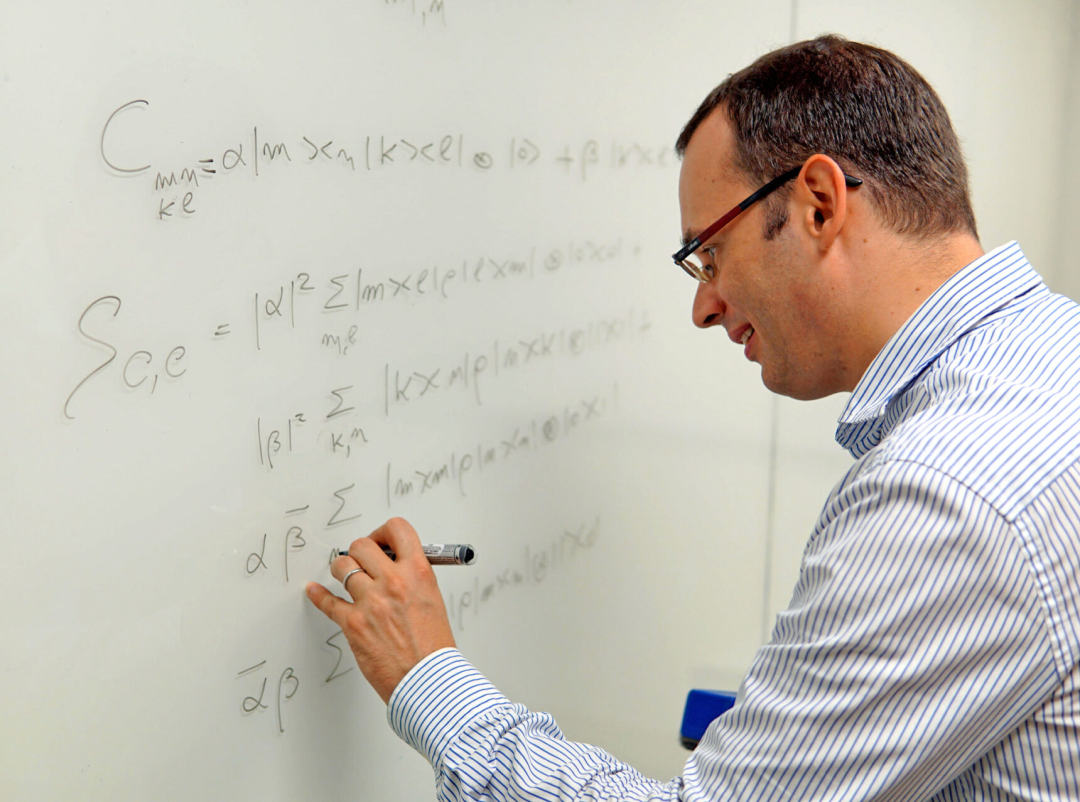
To understand this new quantum thermodynamic version, one of the most common methods is to use the theory of resource. It is possible to talk about what conversion is and which is impossible. "Resource theory is a simple model that is suitable for any situation. In this case, the actions you can execute and the system that can be accessed are restricted for some reasons," Nicole Yunger, a physicist at the National Standard and Technology Research Institute Halpern [7] said. (Scandolo also integrates resource theory into his work.) The theory of quantum resource theory adopts the picture and scene of the physical world proposed by quantum information theory. In this picture scene, the physical process is possible, and there is a fundamental limitations. In the theory of quantum information, these limitations are usually expressed as "inaccurate theorem": Statement says "You can't do it!" For example, it is impossible to copy unknown quantum state. This idea is called quantum quantum quantum. Quantum NoCloning.
There are several main components of resource theory, and the allowable operations are called free operation. "Once you designate free operations, you define the theory -then you can start to reason which conversion is possible or impossible, and ask us what the best efficiency of these tasks can be performed," Yunnger Halpern said. At the same time, the definition of a resource is that a heat source can be used to do something useful -it can be a pile of coal to ignite the stove and driver steam engine. It may also be an additional memory, allowing the Maxwell demon to subvert the second law for a longer time.
The theory of quantum resource theory allows the fine details of the second law of thermodynamics of the classic thermodynamics. People do not need to consider a large number of particles; what behavior is allowed in the few of them. Yunnger Halpern said that when we do this, the second law of the classic (the final entropy must be or greater than the initial entropy) is only the sum of the thick granularity of various unlimited relationships. For example, the second law of classics believes that people can convert a non -balance state into a state closer to thermal balance. But "investigating which one is closer to the heat balance is not a simple question," Yunnger Halpern said. In order to answer this question, "We must check a lot of universal styles."
Figure 5: Physicist Nicole Yunger Halpern of the National Institute of Standards and Technology.
In other words, there seems to be a lot of mini -second laws in resource theory. "Therefore, there may be some transformations allowed by the second law of the second tradition, but it is prohibited by the more detailed non -balanced collection," said Yunger Halpern. Therefore, she added: "Sometimes I think everyone in this field has their own second law."
The physicist of the University of Vienna Markus Müller [8] said the theoretical method of resource theory "acknowledged the law of thermodynamics and completely strictly derived mathematics, without any concepts or loose parts of mathematics." He said that this method involves "reinterpretation of thinking The true meaning of thermodynamics ". Rather than the average attributes of the large collection of sports particles, it is better to be a game that comes up with nature to compete to perform tasks effectively using available resources. However, the ultimate key is information. Yunger Halpern said that discarding information -or unable to track information -is indeed the reason for the establishment of the second law.
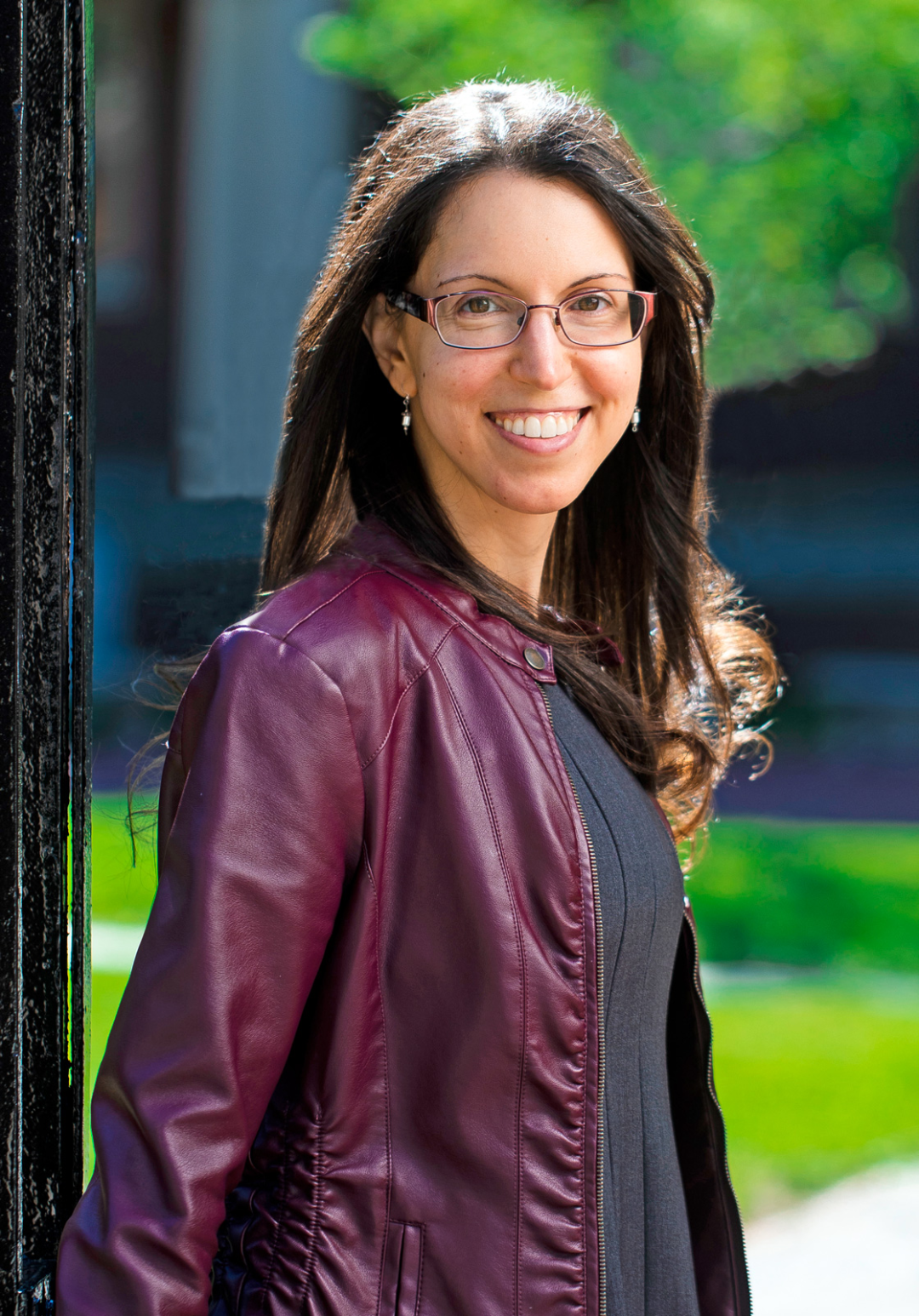
The efforts of these reconstruction thermodynamics and the second law reminded people of the problems raised by German mathematician David Hilbert. In 1900, he raised 23 issues that he hoped to solve. The sixth issue in this list is "the use of axioms to handle the physics science that has played an important role today." Hilbert worried that the physics of his era seemed to be based on a fairly arbitrary assumption. He hopes that these assumptions can become stricter, just like mathematicians try to derive basic axioms.
Figure 6: 23 issues raised by David Hilbert guided many mathematical research in the 20th century. His sixth question is whether the law of physics can be axiom.
Today, some physicists are still studying Hilbert's sixth issue, trying to use quantum mechanics and quantum field theory to use the simpler and more transparent axioms than traditional axioms. But Hilbert obviously also considers thermodynamics, refers to the direction of "probability theory" in physics. These directions have matured and can develop again.
Regarding the second law, whether Hillbert's sixth question has been cracked seems to be a taste problem. "I think Hillbert's sixth problem is far from being completely solved. I personally think that this is an interesting and important research direction in basic physics," Scandolo said. "There are still some unreasonable problems, but I think that as long as there is enough time and energy, these problems will be resolved in the foreseeable future."
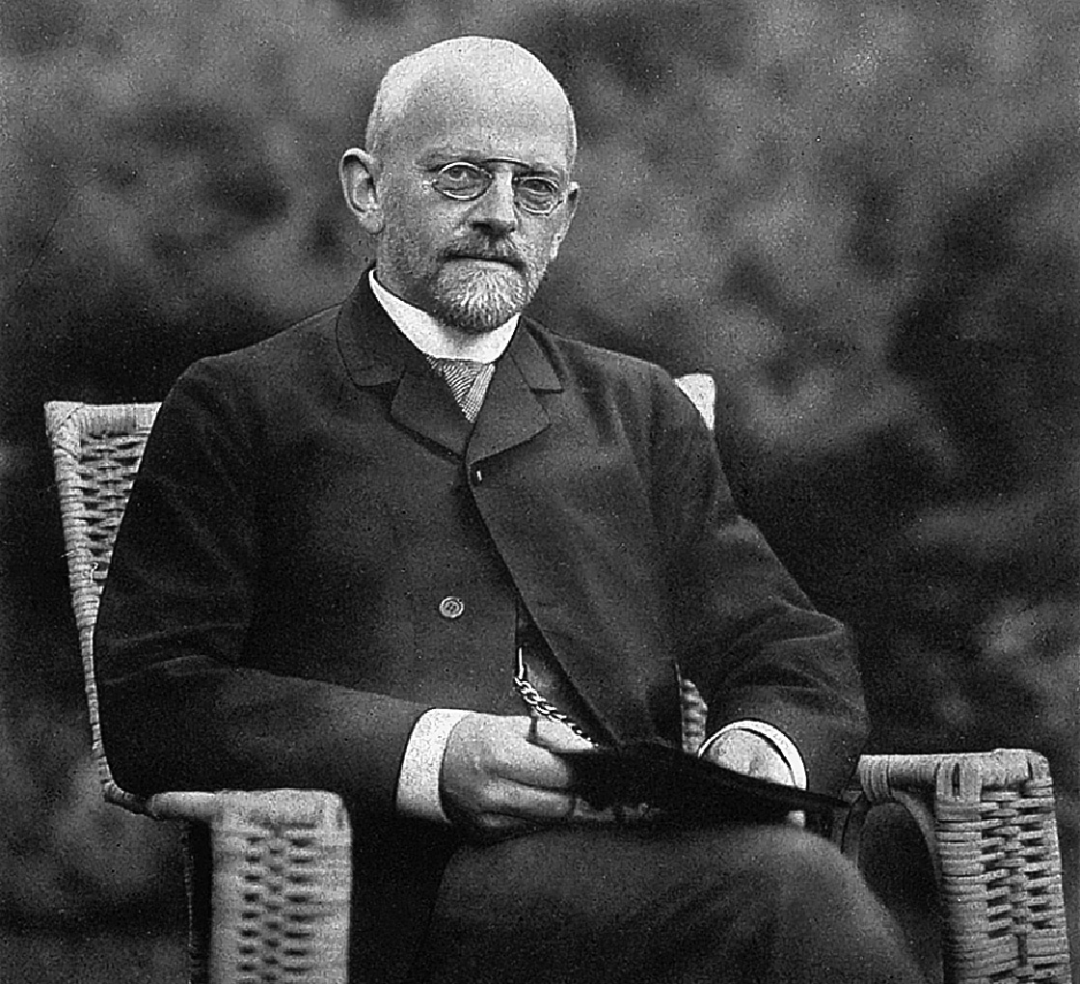
Perhaps the true value of re -deriving the second law of thermodynamics is not to solve the problem of Hilbert, but to deepen people's understanding of the laws of thermodynamics. As Einstein said: "The more impressive theories, the easier the premise." The motivation of Yunnger Halpern will analyze the cause of the law of research than a literary scholar. The analysis is "more correct", but because the profound works are the source of people's inspiration and insight. Orig original Title: PHYSICis rewrite the aviational that leads to different.
Reference link
[1] https://www.quantamagazine.org/with-conStructor-Theory-chiara-Marletto-Invokes- the- Impossible-20210429//20210429/
[2] https://www.daviddeSch.org.uk/
[3] https://www.vlatkovedral.com/
[4] https://www.quantamagazine.org/how-maxwells-demon-continues-tartle-scientist-20210422/
[5] https://contacts.ucalgary.ca/info/math/profiles/1-9063259
[6] https://www.cs.hku.hk/index.php/people/academic-giulio
[7] https://quntumsteampunk.umiacs.io/people/nicole- yunger-halpern/
[8] http://www.mpmueller.net/
Reprinted content only represents the author's point of view
Does not represent the position of the Institute of Physics of the Chinese Academy of Sciences
If you need to reprint, please contact the original public account
Source: Jizhi Club
Edit: Cloud Kaiye
- END -
Yanjin County Meteorological Bureau lifted the thunderstorm and windy yellow warning [III class/heav
Yanjin County Meteorological Observatory, June 10, 2022 at 08:17 at 08:17 at 01:09, June 10, 2022, at 01:09, a thunderstorm yellow warning signal released by 01:00 on June 10, 2022.
Wuxi County has collapsed by the mountain due to heavy rain
At around 13:00 on June 23, a landscape disaster occurred in Zhongba Village, Bailu Town, Wuxi County, and preliminary statistics caused 5 people to lose contact.The Municipal Party Committee and Muni